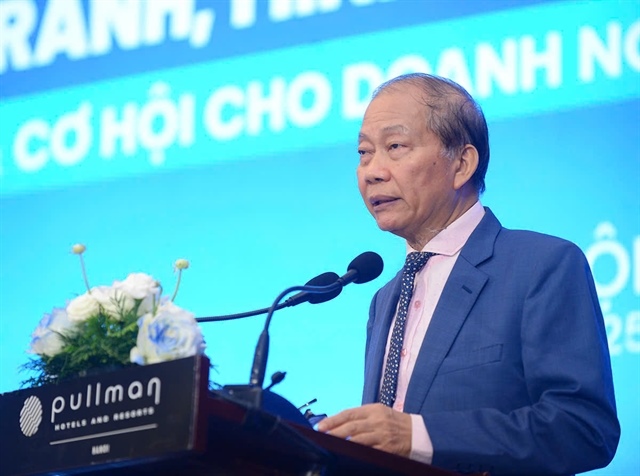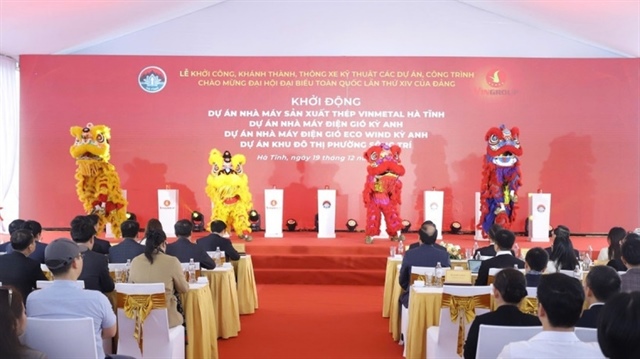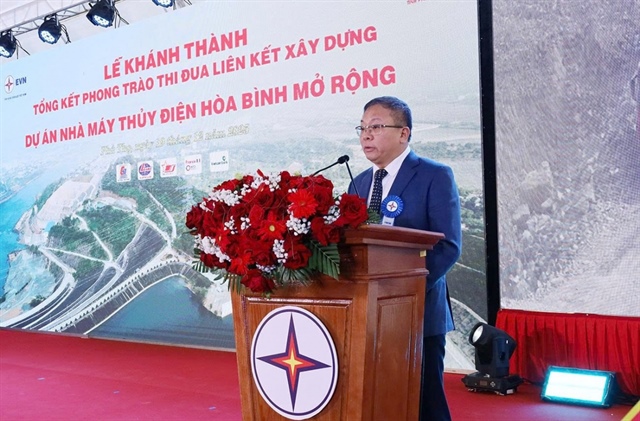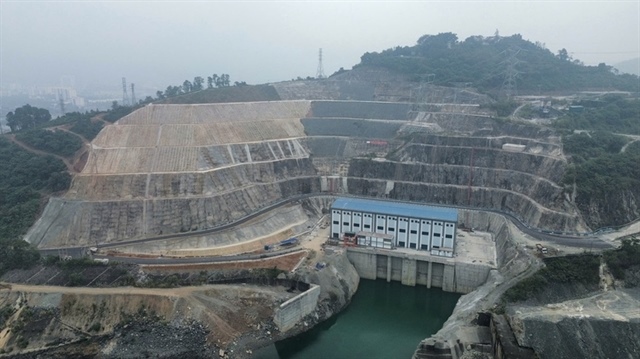The power – steel feud blazes up furiously
The power – steel feud blazes up furiously
Every time when the Electricity of Vietnam (EVN) plans to raise the retail electricity price, the war between the power generator and steel mills escalates.

The history of the war
In August 2010, EVN made a public apology for the serious electricity shortage which seriously badly affected the production and business. At the same time, EVN sent a letter to the Prime Minister, complaining that the electricity shortage was mainly because of the high consumption level of the steel mills which used backward technologies, and the overly hot investment in the steel industry.
EVN then complained that the implementation of new steel projects led to the sharp increase in the power demand and damaged the electricity production plans in localities. EVN, for example, had to change the power development plan in Ba Ria – Vung Tau 7 times just because of too many steel projects.
According to EVN, by August 30, 2009, Vietnam had had 65 steel projects which have the capacity of 100,000 tons per annum and higher. Though the steel mills then ran at 50 percent of capacity only, they still consumed a huge amount of electricity of 3.5 billion kwh.
As a result, EVN had to make a heavy investment of VND35.5 trillion to develop power generation units, transmission lines. But it then had to sell power to steel mills at meager prices.
In response, steel mills said the number of steel projects provided by EVN only existed on… paper, because a lot of projects had not become operational. Therefore, it was unreasonable to conclude that steel mills were wasteful in using electricity.
In June 2011, the Ministry of Finance “threw more oil into the fire” when proposing the government to impose the 3 percent tax on steel imports, saying that steel mills made fat profit because they only had to pay low for the electricity.
At that time, the electricity should have been sold at VND1,777 per kwh for EVN to break even, while steel mills had to pay VND1,242 only.
Steel mills argued that the expenses on electricity only accounted for 5.14 percent of the production cost of ingot steel, and 0,77 percent of structural steel. Therefore, the profits made by steel mills did not come from the low power prices.
Finally, steel mills escaped from the high taxation. However, EVN never gives up.
Tense escalates
In 2012, EVN, in a report, accused steel mills of consuming too much electricity. The steel mills in the first quarter of 2012 consumed 1,264 billion kwh, or 5.53 percent of the electricity merchandise. If the same consumption level continued in the other three quarters of the year, the steel industry may consume up to 5 billion khw in 2012.
But steel mills argued that the figure was unreliable. Since many steel mills had to shut down or suspend their production because of the difficulties; the volume of consumed electricity must be much lower.
In early 2013, EVN once again warned about the electricity outage, requesting big electricity consumers such as cement and steel mills to save power.
The power – steel war has escalated to a new level when the Ministry of Industry and Trade, when drafting the electricity pricing mechanism, decided that cement and steel manufacturers have to bear the prices higher by 2-16 percent than other consumers.
Steel mills have accused the watchdog agency of applying the discriminatory treatment--an unreasonable thing in a market economy.
Meanwhile, people believe that even if cement and steel manufacturers don’t consume too much electricity, the electricity shortage would still occur in Vietnam.
vietnamnet























